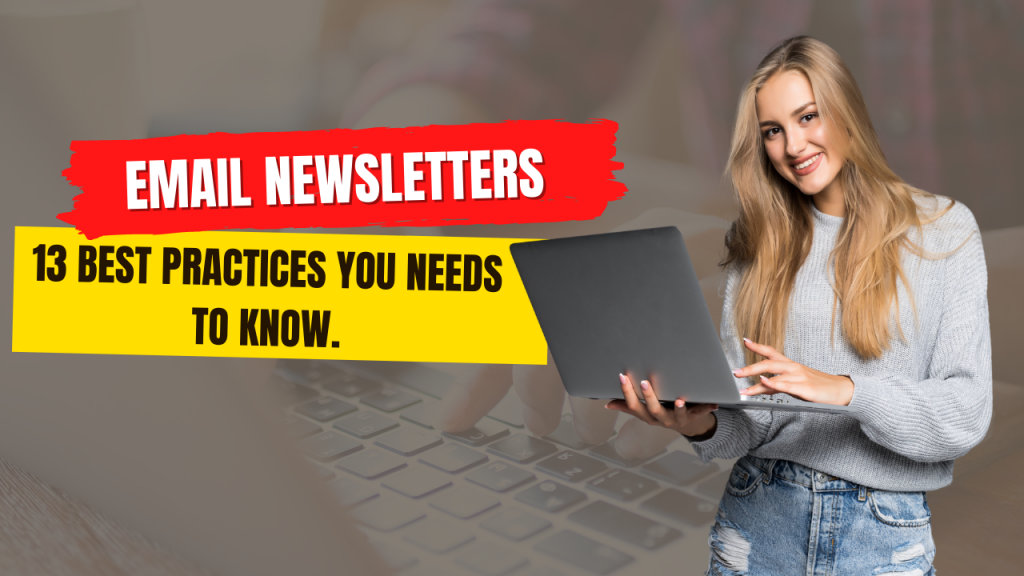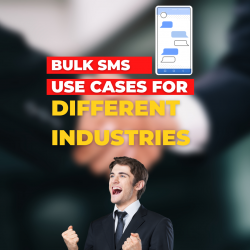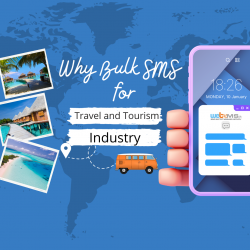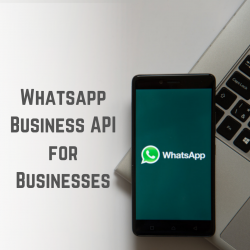
What’s one of the most effective marketing tools for building your brand, engaging with customers, and closing sales? An email newsletter. Sent on a regular basis, a content-based email newsletter not only helps your company stay top-of-mind but also showcases your industry expertise.
What Can the Best Email Newsletters Do for Your Business?
Simply put, email newsletters are a useful tool that can help market your product or services better. Whether you send it to subscribers weekly, bimonthly, quarterly, etc
a marketing newsletter is a great way to help engage and inform your customers and clients. Furthermore, a company newsletter can help your organization build a strong relationship with your email subscribers.
What Should Be Included in Your Newsletter?
In order to create a newsletter that will engage your users, it’s important to make sure you include these aspects when crafting your newsletter:
- Have a specific topic/theme in mind for each newsletter so ideas don’t get jumbled
- Devise creative and informative subject lines
- Ensure content is educational, informative, and concise
- Incorporate a section guiding users to your site where they can learn more
- Include your business and contact information.
Above all else, your newsletter should be personable and match your company’s branding and content.
Some Interesting Stats That Show How and Why E-Newsletters Are So Popular.
Email newsletters are one of the most widely used types of emails. Here are a few of the latest statistics that demonstrate the popularity of email newsletters today:
- In 2016, more than 80% of marketers are using email newsletters for content marketing.
- Email newsletters top the list of email-marketing uses at 66%, followed by promotional content (54%), and welcome email series (42%).
- When consumers were asked which medium, they prefer to get updates from, 90% of respondents said email newsletters, compared to only 10% who chose Facebook.
- 19% of consumers reported that they read every email newsletter that they receive to see if “something is on offer,” according to Forrester research.
Best Practices You Should Be Implementing
Whether you’re creating an entirely new email newsletter or revitalizing your current publication, here are 13 newsletter best practices to get you started
1. Set expectations from the start
When prospects and customers first sign up for your newsletter, be sure they know what to expect. In addition to letting subscribers know the type of content and offer they’ll be getting, tell them how often they’ll be hearing from you.
2. Balance the content.
The best email newsletters are filled with about 90% of educational content that is relevant to your target audience.
For example, include articles on general topics that your target customer would likely be interested in, as well as useful information about how to get the most out of your products. So, that leaves you with about 10% of space to devote solely to promoting your business.
3. Create enticing email subject lines that stand out in the inbox.
Although your subscribers have signed up to receive your email newsletter, using the subject line to simply announce the publication title and date may not be enough to drive open rates.
Instead, give them a glimpse of the contents and what they’ll be getting by reading that issue.
4 . Make your preheader count.
How many times have you gotten an email newsletter with snippet text that includes verbiage such as, “If you are unable to read this email, click here to view.”?
By customizing this prime piece of email real estate with information that grabs attention and informs, you’ll encourage more opens.
5 .Keep the copy and email newsletter’s design short and simple
In other words, avoid having long and wordy full-length articles in your email newsletter that may overwhelm readers. Instead, produce concise, catchy, and tantalizing introductions in a one-page newsletter that send subscribers to your website or blog.
Plus, an email design best practice to live by is ensuring that there is enough white space within the overall newsletter design to help make the newsletter appear uncluttered and easy to read.
In addition, consider developing customized graphics for your business to include in your newsletters. From charts to GIFs and photos—you have endless options when it comes to creating unique content.
And adding videos to your email newsletters can also have a positive impact on your engagement metrics.
6. Think mobile
Use responsive email design for your email templates, which involves coding and optimizing the content for viewing across multiple screens and devices.
What happens when your subscribers open an email newsletter that’s not optimized for mobile?
One study showed that as many as 42% of subscribers delete emails that don’t display correctly on their mobile phones.
Other mobile-friendly design best practices include single-column design, the large typeface for all the text in the email message, and call-to-action buttons that are big enough to tap with a finger.
7. Use alternative text for the images in your email newsletter.
Likely, a large portion of your subscribers have images disabled on their computers and mobile devices. So, when your email newsletters are opened, subscribers will see a preview pane with only blank spaces in place of the images.
That’s why it’s so important to use alternative text to let them know what they’re missing unless they download images.
In addition to crafting interesting and informative plain text, try using various colors and fonts, too. And if your calls to action are images, it’s especially important to make sure subscribers can click them, even if images aren’t enabled.
8. Include offers and discount coupons that are exclusive for newsletter subscribers.
So, keeping your email subscribers interested and engaged with your high-quality content will likely help improve your email deliverability.
9. Deliver personalized content
As we’ve discussed in a previous article, personalization pays off. Go beyond using a subscriber’s name in the subject line and newsletter content by sending newsletters that are tailored to different segments of your email list.
For example, segmentation can be based on behavior, demographics, and purchase history. Also, consider using your email newsletters in conjunction with a loyalty rewards program and provide a link that takes subscribers to their personal awards account.
10. Include links to your social media sites to make it easy for subscribers to share your content and grow your subscriber list.
You can do this by prominently displaying social sharing buttons to such social media sites as Facebook, Twitter, LinkedIn, Google+, and Pinterest.
This is a great way to get the word out about your company and brand, as well as increase the subscribers on your email list.
And be sure to promote your email newsletter on your social media sites, as well as on your website, blog posts, and even in your email signature to grow your subscriber numbers.
11. Send your email newsletters consistently.
For example, if you have a weekly email newsletter, send it to your subscribers on the same day and at the same time each week. In this way, your target audience can watch for and anticipate your company’s newsletter, along with its weekly articles and promotions.
12. Track, test, and optimize your email newsletters.
What works best for your target audience? When it comes to subject lines, for example, does short and funny drive more open than long and informative?
And what frequency and cadence (the timing and pattern of emails sent) result in optimum performance, without increasing the unsubscribe rate or spam complaints?
Monitoring your newsletter email metrics and testing and optimizing various elements – such as subject lines, newsletter headers, calls to action, newsletter designs, newsletter layouts, and when and how often you send emails—is the best way to maximize the return on investment from your email newsletters.
Contact us today and we’ll help you do it right by creating and implementing the best newsletter design that’s relevant, builds relationships with your customers, and helps you sell more products.
Author- Buddira Edirisooriya






At this time it seems like WordPress is the preferred blogging platform out there right now. (from what I’ve read) Is that what you’re using on your blog?
One other issue issue is that video games are typically serious anyway with the major focus on understanding rather than leisure. Although, it has an entertainment part to keep your young ones engaged, just about every game is frequently designed to improve a specific experience or program, such as instructional math or science. Thanks for your write-up.
This actually answered my downside, thank you!